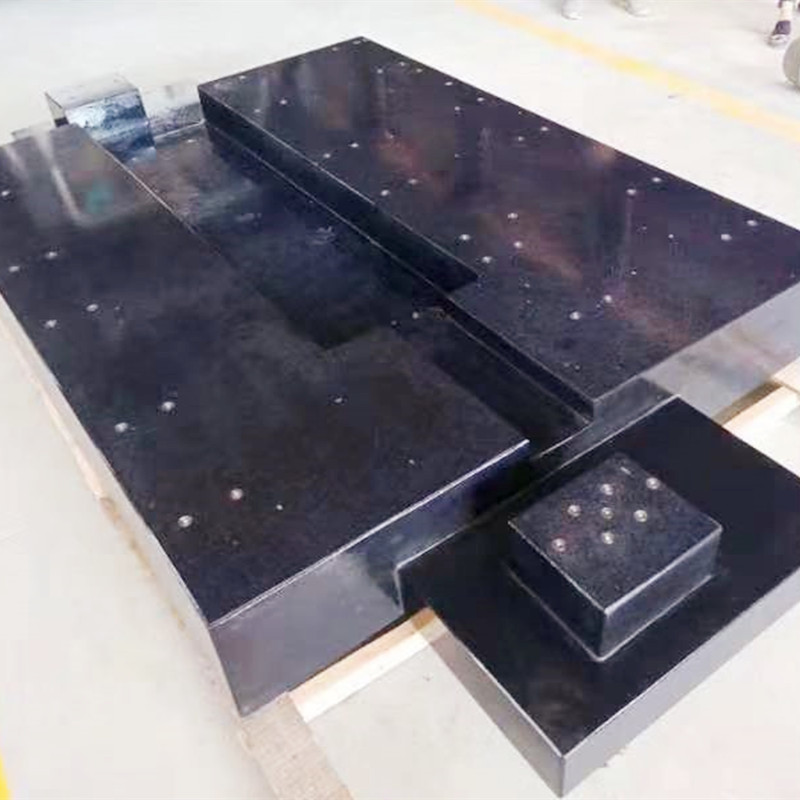Ноя . 20, 2024 12:13 Back to list
back flow check valve
Understanding Back Flow Check Valves An Essential Component in Fluid Systems
In industrial and plumbing applications, the importance of controlling fluid flow cannot be overstated. Among the essential components that ensure the effective and safe handling of fluids is the back flow check valve. This device plays a crucial role in preventing backflow, which can lead to potential hazards and operational inefficiencies.
What is a Back Flow Check Valve?
A back flow check valve, often referred to simply as a check valve, is a type of one-way valve that allows fluid to flow in only one direction. Its primary function is to prevent backflow, which occurs when the flow of a fluid reverses direction. Backflow can result from various factors, including pressure changes in the system, equipment failures, or obstacles in the flow path. By ensuring unidirectional flow, check valves protect equipment, systems, and processes from the adverse effects of backflow.
How Do Back Flow Check Valves Work?
Back flow check valves operate on a relatively simple principle. They consist of a movable element, typically a disc, ball, or flap, that opens to allow flow in the intended direction and closes automatically when flow reverses. This mechanism is often aided by gravity or a spring, depending on the valve design. For instance, in a swing check valve, the disc swings open with the flow and swings shut against the seat when backflow occurs.
Types of Back Flow Check Valves
There are several types of back flow check valves, each designed for specific applications
1. Swing Check Valve Characterized by its hinged disc, it swings open and closed based on the change in fluid pressure and flow direction. This type is suitable for larger pipes and application with lower flow velocities.
back flow check valve

2. Lift Check Valve This valve features a disc that moves vertically against a seat. It is ideal for high-pressure systems and applications where the flow direction can reverse rapidly.
3. Ball Check Valve Using a spherical ball as the closure element, this valve effectively prevents backflow. Its design allows for a quick response to changes in flow direction.
4. Diaphragm Check Valve Employing a flexible diaphragm to act as the sealing element, this valve is used in applications where contamination prevention is crucial, such as in food or chemical industries.
Applications of Back Flow Check Valves
Back flow check valves are widely used across various industries, including
- Water Supply Systems To prevent backflow that could contaminate potable water supplies. - Irrigation Systems Ensuring that chemicals and fertilizers do not return to the main water supply. - Chemical Processing Protecting sensitive equipment from corrosive or hazardous materials. - Heating Systems Maintaining proper flow in radiators and boilers to avoid system failures.
Importance of Back Flow Check Valves
The significance of back flow check valves lies not only in protecting equipment but also in safeguarding public health and safety. By preventing contamination of clean water supplies and ensuring the integrity of fluid systems, these valves contribute to operational efficiency and compliance with regulatory standards.
In conclusion, back flow check valves are vital components in many fluid handling systems. Understanding their function, types, and applications is essential for engineers, technicians, and anyone involved in fluid management. By ensuring proper installation and maintenance of these valves, industries can avoid costly disruptions and maintain the safety and reliability of their fluid systems.
-
The Role of Cast Iron T Slot Plates in RoboticsNewsMay.12,2025
-
The Importance of Parallel Rulers in Mechanical EngineeringNewsMay.12,2025
-
Heavy-Duty Applications for Granite Surface Plate for SaleNewsMay.12,2025
-
Cast Iron Y Strainer: A Reliable Solution for Dirty FluidsNewsMay.12,2025
-
Boosting Workshop Productivity Using Granite BlocksNewsMay.12,2025
-
Water Control Valves: Essential Components for Fluid RegulationNewsMay.08,2025
Related PRODUCTS









